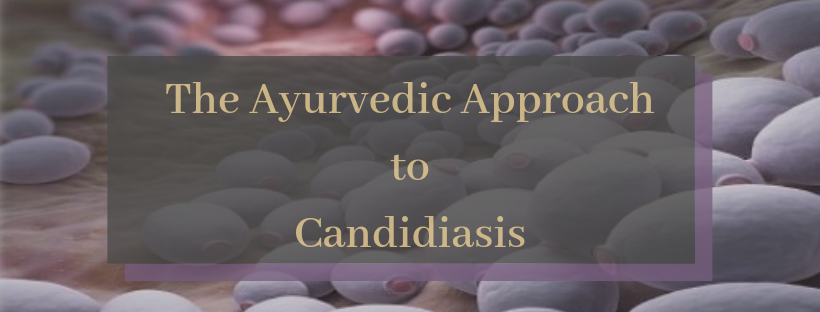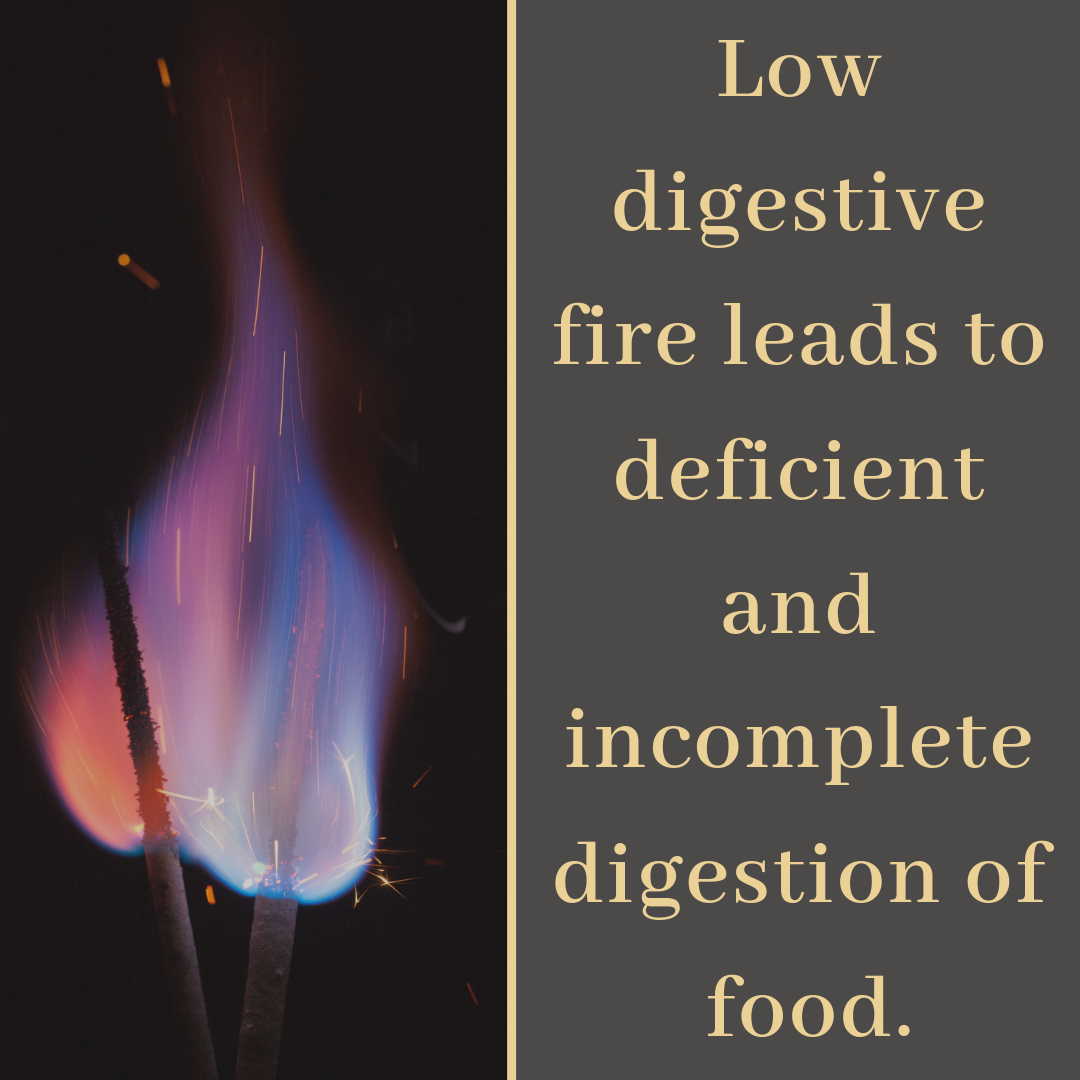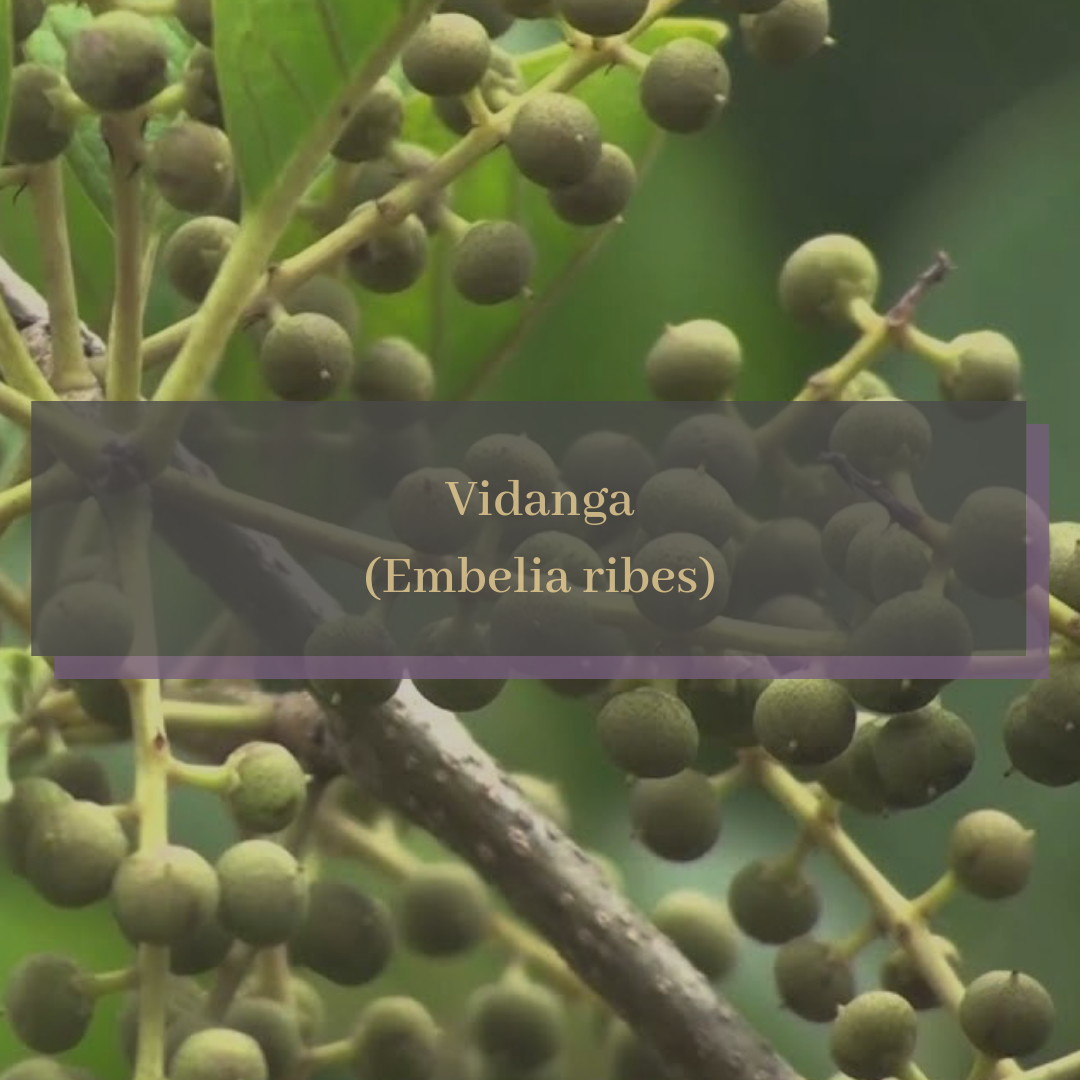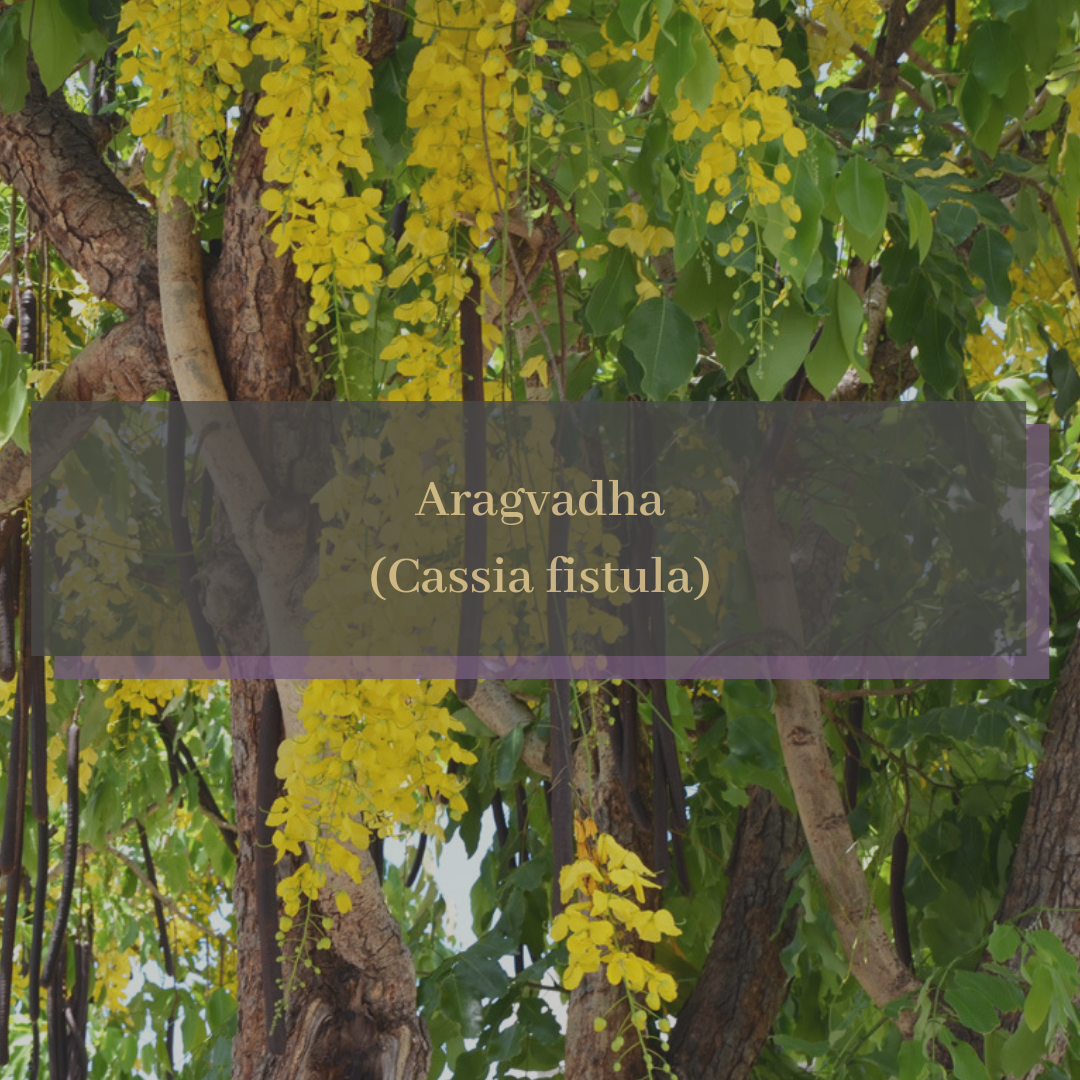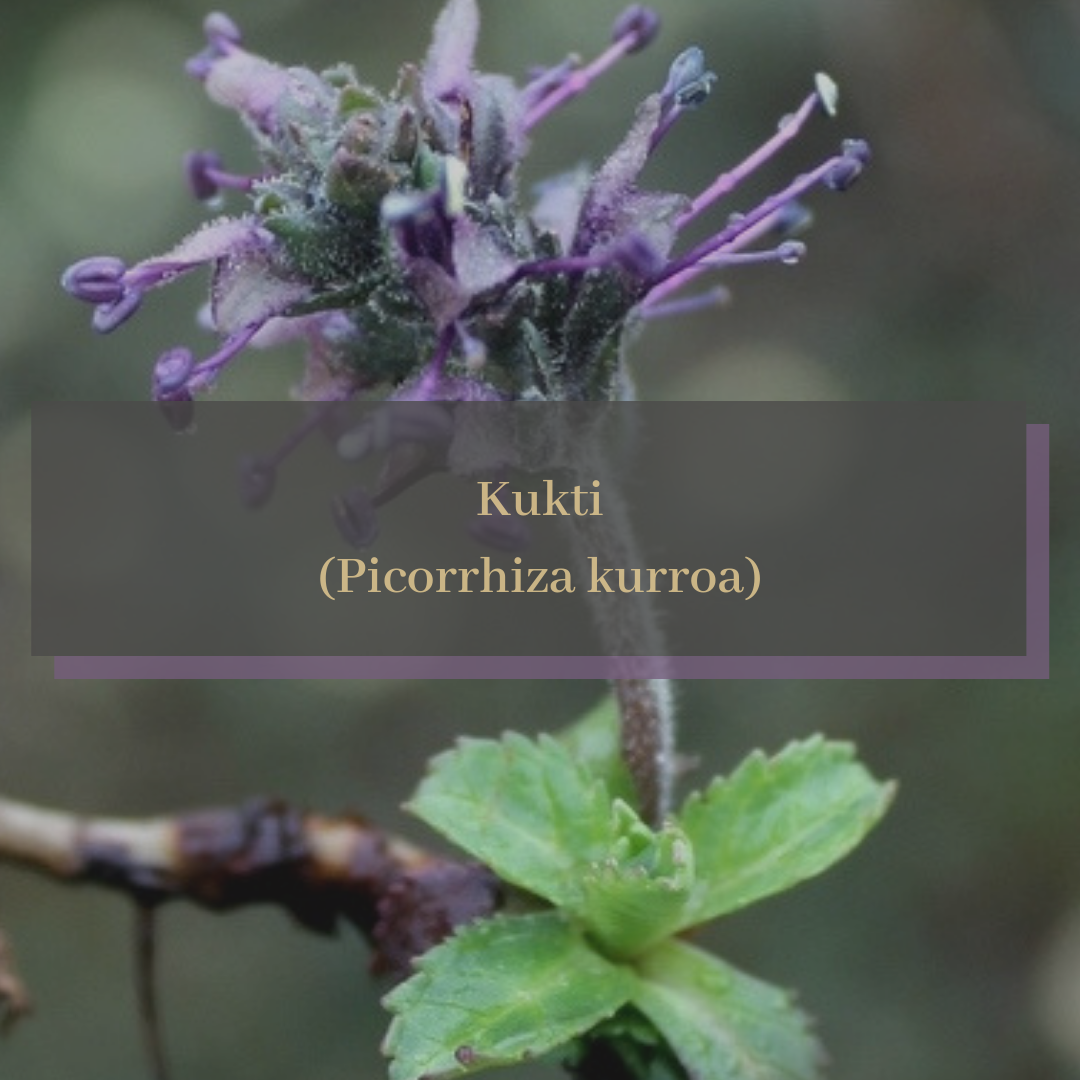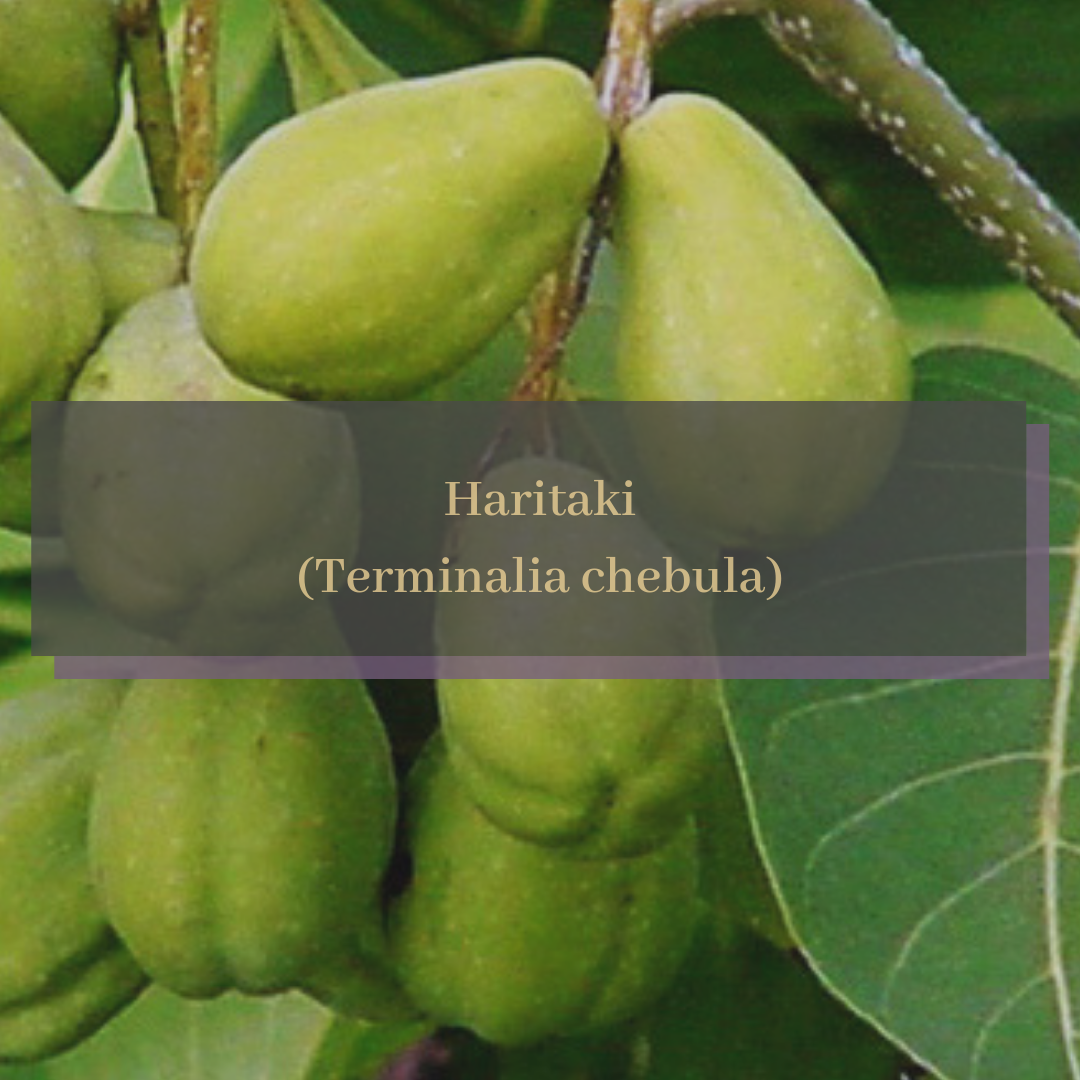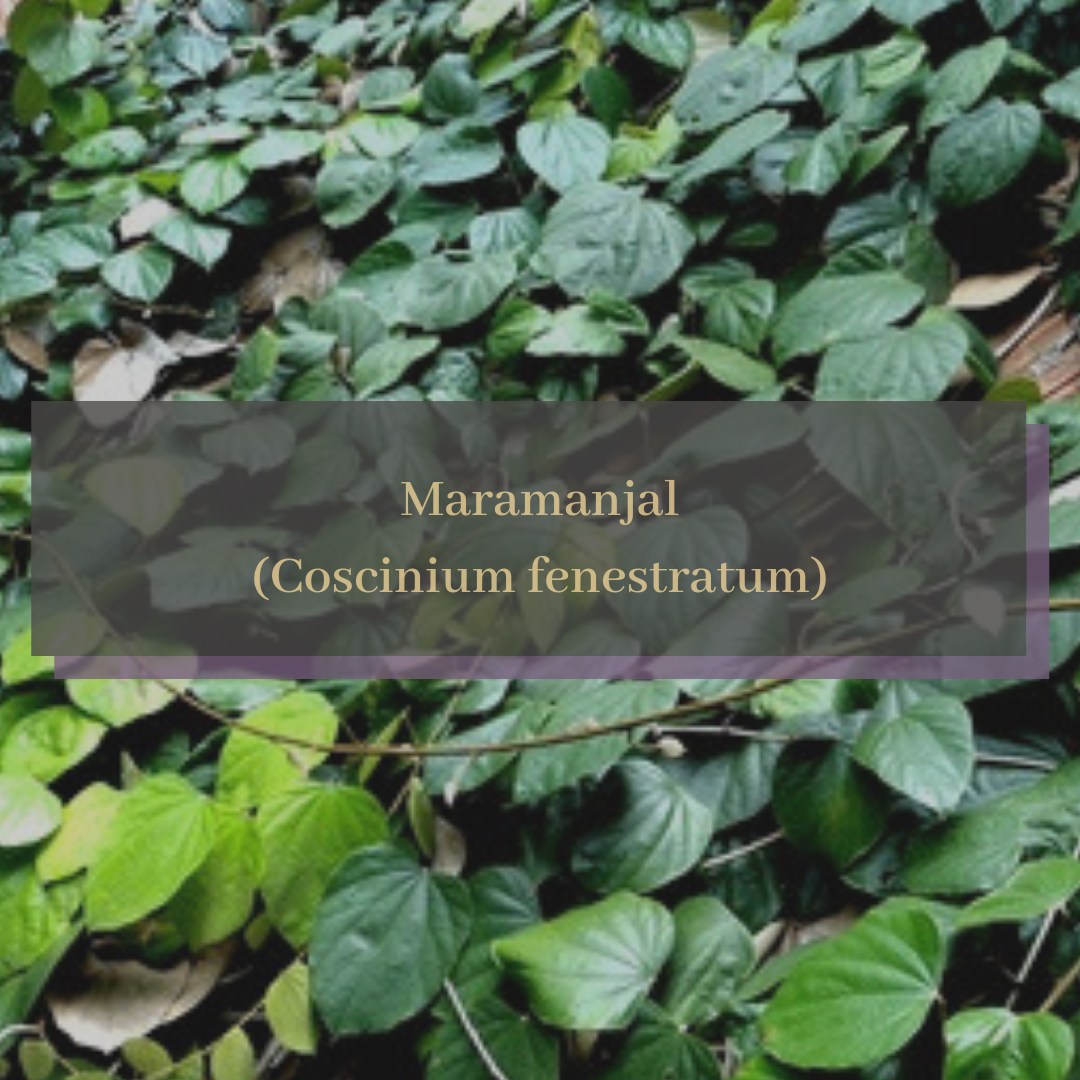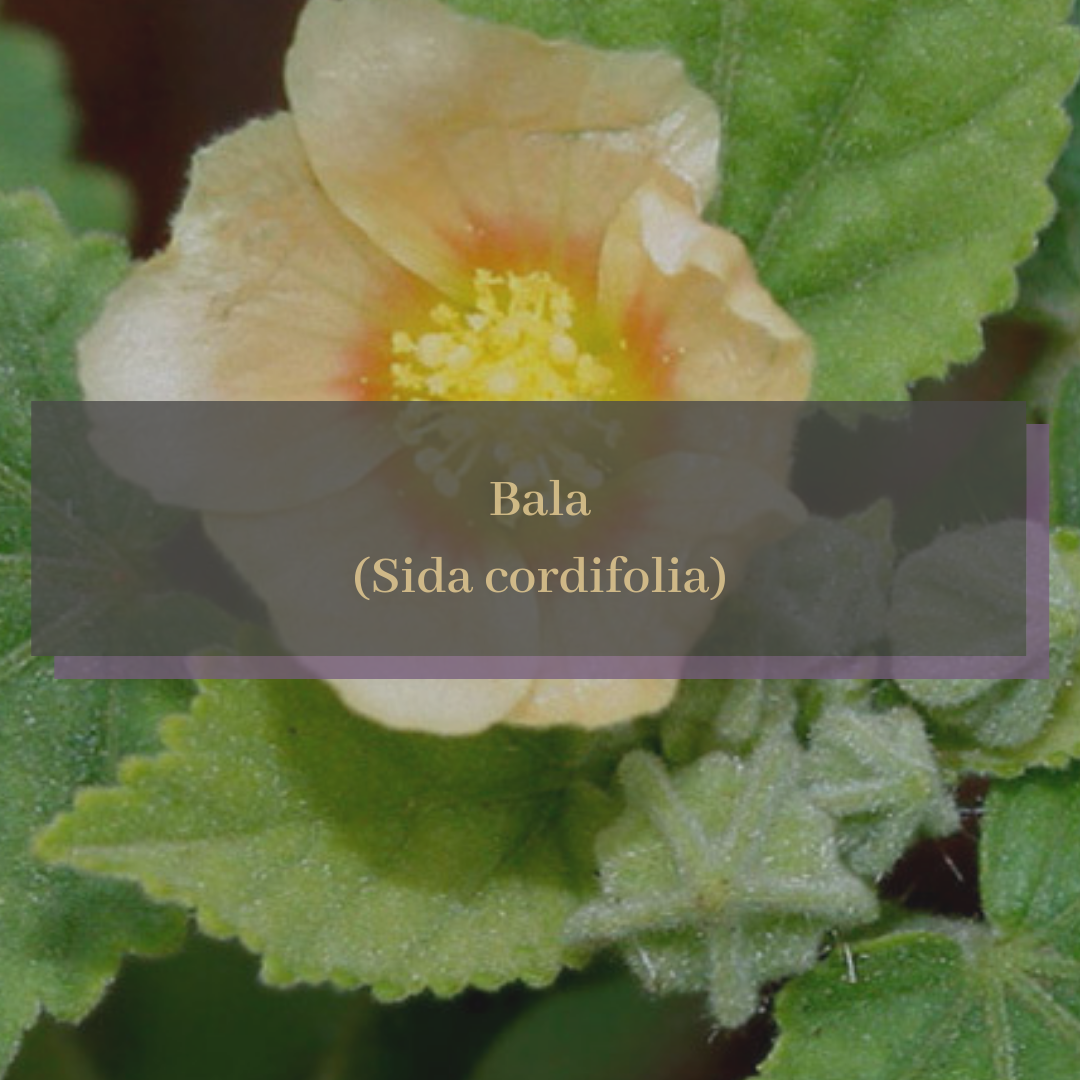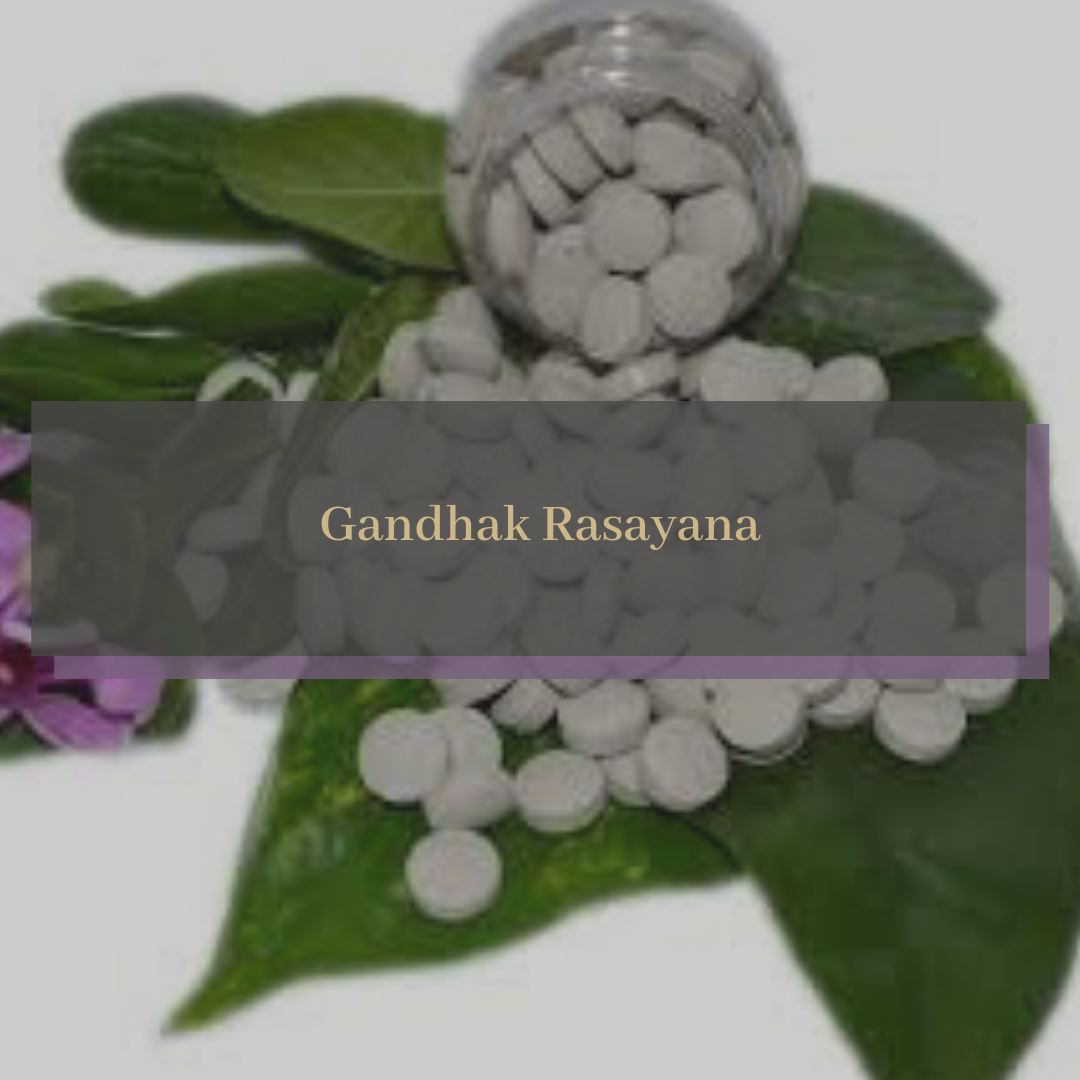The Ayurvedic Approach to Candidiasis by Scott Gerson, MD, M. Phil. (Ayu), Ph.D. (Ayu)
Candida albicans is a naturally occurring soil yeast that also colonizes moist areas of the human body, including the digestive tract, the vagina, and skin folds. Candida species colonize the mucosal surfaces of all humans during or just after birth. Candida is the quintessential opportunistic pathogen. Normally its population is maintained at healthy levels by acid-producing bacteria that co-inhabit the same areas. When these normal bacteria populations are reduced or otherwise disturbed by any number of factors (discussed below) however, yeast populations can grow to abnormally high levels. For women, the most common sign of excess candida is a vaginal yeast infection, heralded by vaginal itchiness, redness, burning on urination, and a yeasty odor. Approximately 75% of all women will experience at least one such vaginal yeast infection once in their lifetime. Candida can also grow in the mouth (thrush), under a diaper (diaper rash), and in other areas.
Candida usually remains on the surfaces of mucous membranes and does not penetrate deeply into the body. However sometimes accumulating yeast can enter the bloodstream and produce the symptoms of the classic yeast Infection: fatigue, insomnia, dizziness, tinnitus, decreased immunity, disturbed digestion and many other multi-system symptoms (see the section below entitled “Symptoms” for a complete list). In the 1980’s this was given the name of “systemic candidiasis” and it was the diagnosis du jour given to, probably, 85% of patients who visited an alternative medicine doctor. Fortunately this trend has now all but disappeared in recent years. The “candida craze” was probably started by a single book published in 1986 by William Crook entitled The Yeast Connection. It claimed that a person colonized by excessive candida can develop an allergy-like hypersensitivity to the organism. The resulting allergic symptoms were said to include sinus congestion, extreme fatigue, intestinal gas, difficulty concentrating, depression, joint stiffness, muscle aches, and many other common complaints.
It has since been reported that many individuals diagnosed with so-called “systemic candidiasis” do not in fact have excessive growth of candida albicans in their digestive tracts. Nevertheless for more than a decade, thousands of patients were put on unnecessarily strict “candida diets” and prescribed nystatin, nizoral and other strong anti-fungal medications, resulting in modest improvements in some symptoms at best and many abnormal liver function tests. How much of any of the small purported benefit of antifungals was due to the placebo effect is unclear.
SYMPTOMS
Because candidiasis can affect various parts of the body – the most common being the mouth, ears, nose, toenails, fingernails, gastrointestinal tract and vagina – it can be characterized by a wide array of symptoms. These include:
Gastrointestinal system: constipation, diarrhea, colitis, abdominal pain, persistent heartburn, intestinal gas and bloating, nausea, irritable bowel syndrome, ‘leaky gut’, and bad breath.
Respiratory system: rhinitis, sneezing and/or wheezing, canker sores, sore throat, congestion, nagging cough, clogged sinuses, burning tongue, white spots on the tongue and in the mouth.
Central nervous system: mood swings, depression, memory loss, poor concentration, anxiety, irritability, panic, ‘spaced-out’ feelings, autism, hyperactivity and attention deficit disorders.
Urogenital problems: rectal itching, impotence, prostatitis, vaginitis, kidney and bladder infections, urinary frequency and urgency.
Menstrual abnormalities: premenstrual tension, irregular menstruation, infertility, and endometriosis
Skin complaints: acne, athlete’s foot, eczema, psoriasis and general ‘itchiness’.
Other systemic symptoms: headaches, eye disorders, muscle pain and weakness, joint pain and stiffness, numbness in the face or extremities, tingling sensations, night sweats, extreme chronic fatigue, food allergy/intolerances, craving for sugar, bread or alcohol, sensitivity to perfume and chemicals, arthritis, fibromyalgia, hypothyroidism, adrenal problems, and endocarditis.
Ayurvedic Pathogenesis
The conventional allopathic approach to this disorder is to eradicate the yeast using potent anti-yeast chemical medicines and thereby relieve the associated symptoms. Not only is this approach fraught with many truly horrendous side effects, but also it is rarely even effective.
In Ayurvedic medicine, the candida albicans yeast organism itself is not considered to be the ultimate root cause of the illness and its classic symptoms.
The initiating cause of this set of symptoms is multifactorial and begins usually with a predisposing condition known as mandagni, or low digestive fire. Low digestive fire leads to deficient and incomplete digestion of food (ajeerna). Incomplete digestion of food, in turn, causes the production of ama—a Kapha-like substance—which is the residue by-product of improperly digested food. Ama can be complexed with any one or more of the three doshas or can exist alone. Generally at least Kapha dosha is present. Ama (or ama-dosha complex) is then absorbed into the blood stream (amarasa) to a moderate extent. Ama is predominantly redistributed to moist and viscous tissues of the body (i.e., intestinal tract, vagina, oral cavity, skin folds, etc.) due to its similarity and affinity for its own Kaphic qualities (snigdha, pichhila, guru). In the small and large intestines, it will putrefy and ferment, thus inhibiting the growth of a healthy intestinal bacterial flora. In other extra-intestinal sites, it will disrupt tissue immunity and permit candida overgrowth.
If the disease process progresses to the point where dhatvagnis are disrupted and saptadhatu formation becomes defective, ojaksaya (deficient ojas) will occur bringing with it thelack of vitality, immunity and multiple system dysfunction that characterizes candidiasis (see “Symptoms” above). The pathological sequence outlined here, or some variation of it, (low agni > abnormal digestion > ama formation > decreased ojas) is common to many modern disorders for which modern medicine has no solution. These include chronic fatigue syndrome, depression, rheumatoid arthritis, cardiovascular disease, fibromyalgia, and many others.
General Treatments
Ayurveda advocates a natural, safe systematic approach to bring Candida back into equilibrium with the body. The following five parts of treatment together have been shown to be an effective anti-candida regimen. However, the exclusion of even one of these will almost inevitably lead to unsatisfactory outcomes. Bear in mind that candidiasis is in the Ayurvedic category of kruchchhasadhya, meaning a disease which curable but with difficulty.
This is accomplished both by following a strict anti-candida diet and by using herbs and spices to rekindle agni (digestive fire). The useful spices are ginger, white pepper, black pepper, pippali, asafetida, coriander (leaf), mustard (seed), ajwan, cinnamon, clove, and cumin—among others. The herbal medicines used are selected according to the unique factors of every individual and are not standard. They can include chitraka, avipaittikar churna, trikatu, vidanga, and many others.
A complete detailed discussion of the anti-candida diet is beyond the scope of this article, however here are some insights. There are vigorous debates about what can and can’t be eaten. The info given here is not set in stone, just some general ideas. Firstly, you must know that candida albicans are facultative anaerobes, which means that when oxygen is not available, they can utilize sugars via the alcoholic fermentation pathway to derive energy (ATP). Therefore all forms of sugar—glucose, sucrose, fructose, maltose, dextrose—must be avoided. This includes fruits. In addition, yeast-containing foods should be eliminated as well as fermented foods, cheese, mushrooms, and wheat. Ideally we recommend a gluten-free diet.
So what can be eaten?
Meat and seafood contain little or no sugar and are acceptable. Vegetable can be eaten freely except for the very starchy ones (potato, yams, etc.) and the ones with a lot of sugar (carrots, beets). All dark green leafy and non-starchy vegetables are good including but not limited to broccoli, spinach, kale, bok choy, asparagus, cabbage, cauliflower, celery, garlic, lettuces, squashes, zucchini. Beans, legumes and unprocessed seeds and nuts are also acceptable, except for peanuts and pistachios. Butter and olive oil are fine. Almond milk and rice milk are acceptable.
Allow sufficient time for complete digestion; eating too frequently creates ama.
Ojas is the vital energy which keeps us resistant to physical and mental disease. It is formed by distilling the divine consciousness present in our foods, thoughts, and emotions and storing drops of this essence within our hearts.
The principle way to replenish ojas is to consume a clean, balanced diet which contains as little processed foods as possible. A second way to increase ojas is through breathing exercises known as pranayama. These exercises must be taught by an experienced yogi or vaidya (wise physician) thoroughly knowledgeable in these techniques. A third way to build up ojas is through the use of special herbal medicines (see below: Ojas Drink for Candidiasis). Ayurveda also recommends to perform a daily self-oil massage (see our website under “Basic Principles” for instructions).
Ojas Drink for Candidiasis
1 cup (8 oz.) Almond milk
1 teaspoon Ghee (clarified butter)
1 tablespoon Coconut oil (contains caprylic acid—an antifungal)
1/8 teaspoon saffron (rather expensive)
1/8 teaspoon each of cardamom and cumin powder
Combine everything in a small pot and bring to a gentle boil over medium heat.
Allow to cool and just before drinking add ¼ - ½ teaspoons each of Ashwagandha root powder (Withania somnifera) and Shatavari (Asparagus racemosus)
Having restored agni and ojas, various natural anti-fungal agents can be used to reduce the candida population. It is important to realize that many strains of Candida rapidly develop resistance to both antibiotics and herbal remedies through genetic mutation and for this reason changing anti-fungals is the best strategy.
Olive leaf extract (which contains oleuropein) is effective against Candida. Caprylic acid is effective against enteric (intestinal) Candida. Bee propolis is often effective in combination with these two. Clove oil and oregano oil have shown activity against several different microbes including Candida. Grapefruit seed extract and olive oil are also effective.
Ayurvedic Herbs and Herbal Preparations
Dosages are intentionally not included for any of these medicines to underscore the importance of having them prescribed by an experienced physician familiar with their properties, contraindications, and combination.
When C. albicans organisms are destroyed they release a large number of toxic chemical substances which can cause extremely unpleasant symptoms. These can include both apparent recurrences of localized areas where Candida had colonized and also generalized symptoms of extreme fatigue, headache, nausea, muscle aches, and mood swings. A German dermatologist Dr. Karl Herxheimer first described this reaction to endotoxins released by the death of harmful organisms within the body. With regard to candidiasis, though unpleasant, it is regarded as an encouraging sign.
It is very important to support the liver, since its detoxification pathways can become over-burdened in metabolizing increased levels of toxins released by dead Candida, If detoxification is not up-regulated, they remain circulating in the bloodstream.
Ayurvedic physicians therefore institute panchakarma detoxification therapies approximately 4-6 weeks after commencing the anti-candida diet, ojas-enhancement and antifungal therapy. Please see our website under “Panchakarma” for a general explanation of these treatments which are individualized for each person. Though somewhat “spa-like”, be aware panchakarma will include both physician-directed purgative and enema-procedures.
In conjunction with Candida being killed, it is vital that strong, healthy colonies of the normal bifido bacteria be quickly established. By reintroducing the correct symbiotic acid-producing bacteria back into the colon, the “terrain” will no longer support excessive Candida proliferation. Probiotic supplements at this final phase of treatment is essential for this reason. In fact probiotics can also be started at the very start of treatment. The two most important strains to have in your probiotic are Lactobacillus acidophilus andBifidobacteria bifidum. There are several other species which are sometimes included. Of these others, I’ve found Bacillus laterosporus and Lactobacillis bulgaricus to have the most value in treating Candida. Again, dosages must be individualized and can range from several billion CFU’s/day (colony forming units) to over 100 billion. It is usually best to start with relatively smaller doses and increase as tolerated.
Final Thoughts
Candida is a serious health problem. There are people who have been walking around believing they suffer from chronic fatigue, muscle pain, depression, mental fogginess, digestive problems or a weakened immune system for years--and they do have those symptoms, but are not aware of the true cause.
You will, of course, have to make some lifestyle changes during and after you cure your Candida infection. You'll want to make sure you get the proper amount of sleep each night, stay well-hydrated and exercise daily, all of which will maintain immunity and reduce the stress levels. You'll need to avoid going back to your old diet habits, avoiding sugars, carbs, and processed pseudo-foods. Consider committing yourself to an annual week of detoxification. And think twice about ever again using an antibiotic.

